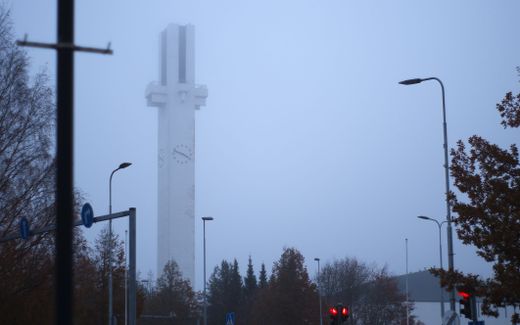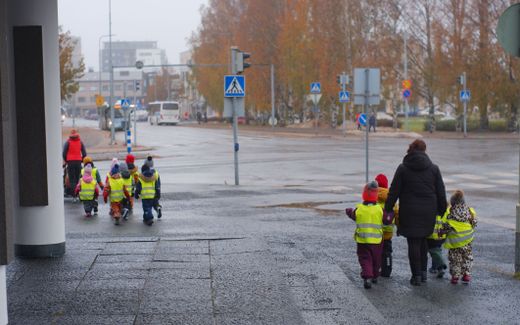Biblebelt feature: Pietism is at the roots of the Swedish Biblebelt (2/3)
30-01-2024
Northern Europe
Wim Hulsman, RD

Pietism was the force behind the Biblebelt in Sweden, says Ulrik Josefsson. Photo RD
Northern Europe
The Swedish Biblebelt around Jönköping emerged in the nineteenth century, says Ulrik Josefsson, rector of the Swedish Academy of Leadership and Theology (ALT). "There were many pietistic groups here."
The Lutheran Church was the church of Sweden for centuries, says Dr Josefsson. "Until 1951, every Swede was a member of the Church of Sweden," he says. The church had many possessions and a lot of power, Josefsson outlines. "Church and state were very connected. For example, the church chose a bishop, but the government appointed him."
Part 2 of a series of European Biblebelts; Part 1 was about Finland
In the eighteenth and nineteenth centuries, Pietist movements emerged within the Church of Sweden, focusing strongly on the personal experience of faith. "The leadership of the Church of Sweden saw this as a threat. From 1726-1858, meetings without the presence of a Lutheran priest were prohibited. During that time, a revival preacher was even arrested."

Josefsson argues that the British and Scottish Bible societies greatly influenced Sweden from the nineteenth century onwards. "They started distributing Bible passages and other brochures in Swedish. Sweden was then a poor and low-literate country. Many Swedes learned to read thanks to the publications of the Bible Society, but in this way, they also took root in pietism."
However, pietist groups continued to meet in houses. "But eventually, meeting places came up. These were not to be called churches." Close-knit communities emerged around these "evangelical prayer houses". Especially in the region around Jönköping, there were many meeting places. "People met there for Bible study and prayer meetings," he says. There was also outreach to neighbours.
Regularly, these people travelled to Jönköping for joint meetings. "They 'went up' like the Jews went up to Jerusalem. That's where the name "Jerusalem of Småland" (or "of Sweden") comes from."
The community in these places has been very involved with each other, says Stefan Gelfgren, an expert on the Swedish Biblebelt at Umeå University in central Sweden and active in the international Biblebelt network. Josefsson also sees this: "People met in the weekly meetings. This created a strong network in these places. Entrepreneurs helped each other. And there was a strong working spirit."
In Sweden, this attitude is called the "spirit of Gnosjö", named after a place an hour's drive south of Jönköping. The region still contains a lot of activity and entrepreneurship.
And what about the Biblebelt now? Sweden is heavily secular, but the Jönköping region still has many churches, some of a considerable size. Josefsson is not without hope. "Among young people, I see a more conservative attitude. On the one hand, it is a reaction to liberalism, the openness in the Church of Sweden and other churches. Many young people stand for the Biblical message again. Furthermore, the world has become small when it comes to theology. Young people easily read the books of American theologians like Tim Keller and John Piper. That also has its influence."
This article was translated by CNE.news and published as part of an article in the Dutch daily Reformatorisch Dagblad on January 25, 2024
Related Articles








